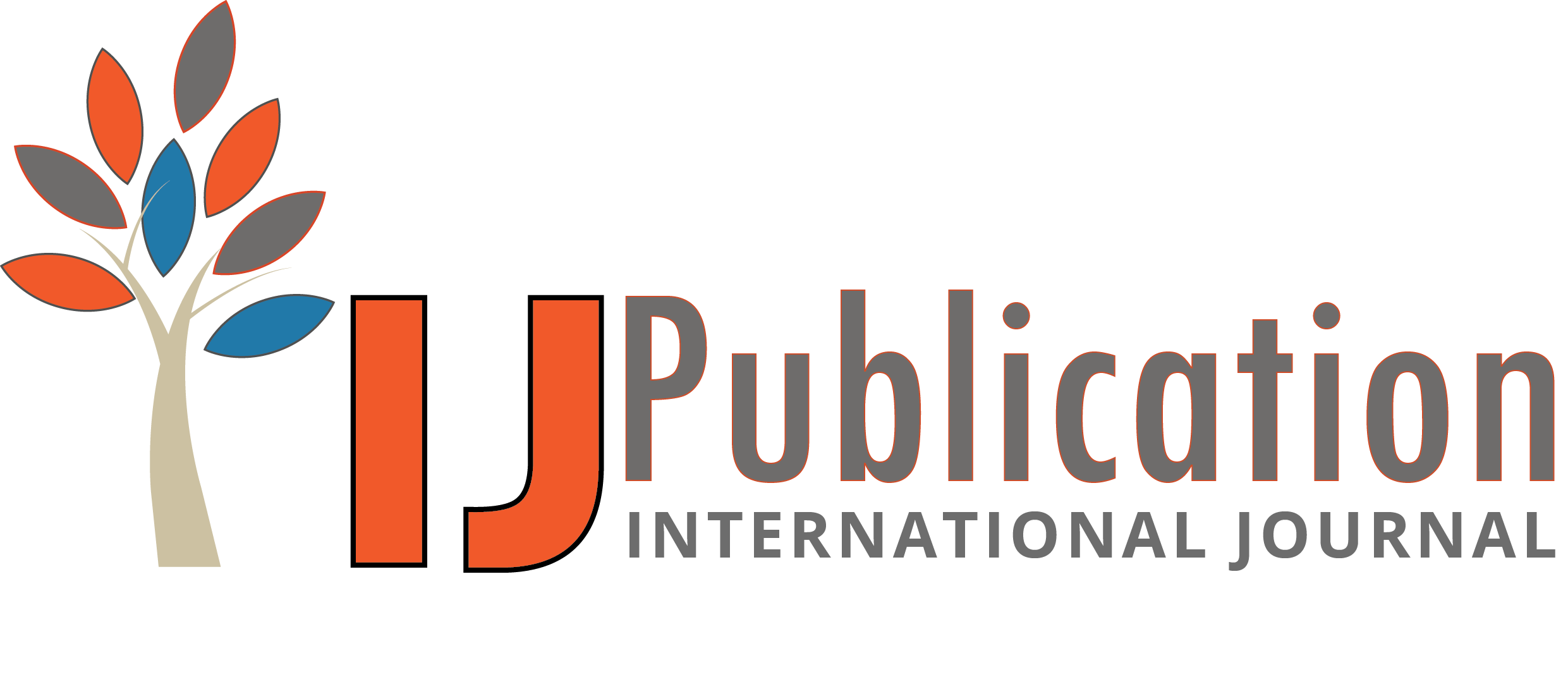Sunil Kumar Reviewer
19 Nov 2025 02:42 PM
 Approved
Approved
Relevance & Originality
The paper deals with industrial relations at the enterprise level—an area that continues to hold academic and practical importance in India’s evolving labour environment. The case study approach provides real-world grounding. However, the manuscript does not clearly demonstrate what new insights it contributes beyond well-documented issues such as autocratic supervision, weak grievance mechanisms, and paternalistic management styles. To enhance originality, the paper should highlight how this specific organisational context offers a fresh perspective or reveals patterns that differ from established IR research.
Methodology
The study uses both primary and secondary data and employs a structured attitude survey supported by several statistical tools. While this indicates a strong intent toward methodological rigor, the explanation lacks depth. Key elements—such as sampling justification, survey instrument validation, and procedures used for data collection—are not clearly described. The statistical tests appear appropriate, but their selection is not tied directly to the research questions. A more transparent methodological framework would substantially strengthen the study’s credibility.
Validity & Reliability
The paper reports statistical outcomes but does not discuss the reliability of the measurement instruments or any steps taken to verify consistency in responses. Without information on pre-testing, internal consistency checks, or elimination of bias, the reliability of the results remains uncertain. Additionally, some findings rely heavily on subjective perceptions, which can be influenced by workplace hierarchies or fear of repercussions. Addressing these limitations would improve confidence in the conclusions drawn from the data.
Clarity & Structure
The manuscript contains a wealth of information, but the narrative is unevenly organised. Background material dominates the early sections, while key components such as methodology and analysis feel comparatively compressed. The results are presented through dense tables that are difficult to interpret, and the transition from raw findings to discussion is not always smooth. Some sections mix descriptive data with personal observations, which disrupts the academic tone. Streamlining sections, improving table presentation, and strengthening the logical flow would make the paper far more coherent and reader-friendly.








Sunil Kumar Reviewer